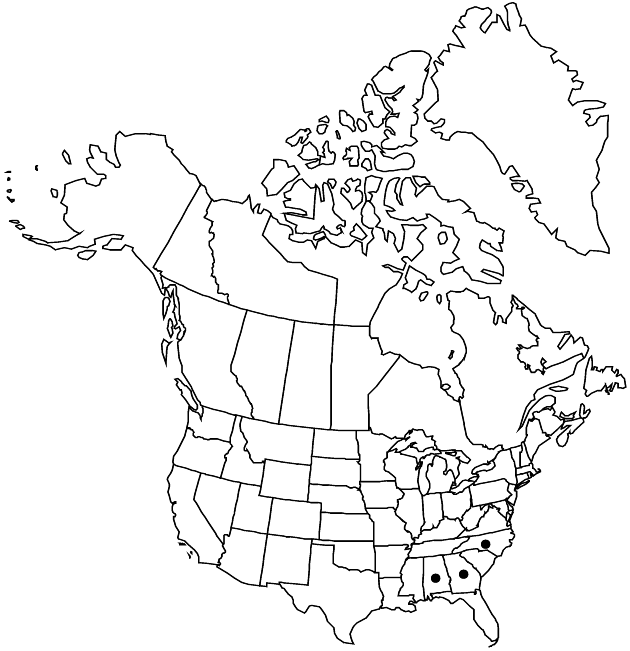Difference between revisions of "Helianthus longifolius"
Fl. Amer. Sept. 2: 571. 1813.
FNA>Volume Importer |
FNA>Volume Importer |
(No difference)
| |
Revision as of 18:48, 24 September 2019
Perennials, 10–30 cm (with crown buds). Stems (green or purplish) erect, glabrous. Leaves mostly basal; opposite; petioles 0–1 cm; blades linear to narrowly obovate, 13–30 × 0.7–2 cm, bases cuneate, margins entire or obscurely serrate, faces glabrous, not gland-dotted (cauline smaller). Heads 3–12. Peduncles 4–11 cm. Involucres hemispheric, 8–12 mm diam. Phyllaries 18–23, linear-linear, 5–11 × 1–2.5 mm, (margins ciliolate) apices ± attenuate, abaxial faces glabrate or glabrous. Paleae 6–8 mm, weakly 3-toothed (apices hairy). Ray florets 8–13; laminae 10–19 mm (abaxial faces not gland-dotted). Disc florets 35+; corollas 4.2–5.5 mm, lobes yellow; anthers dark, appendages dark. Cypselae 2–3 mm, glabrate; pappi of 2 aristate scales 1.4–2.5 mm. 2n = 34.
Phenology: Flowering late summer–fall.
Habitat: Sandstone and granite outcrop edges
Elevation: 100–600 m
Distribution

Ala., Ga., N.C.
Discussion
Helianthus longifolius is locally escaped from a planting in one county in North Carolina. It is locally abundant where it occurs. It is not similar to or closely related to any other species; natural hybrids of H. longifolius with H. atrorubens and H. occidentalis are known.
Selected References
None.